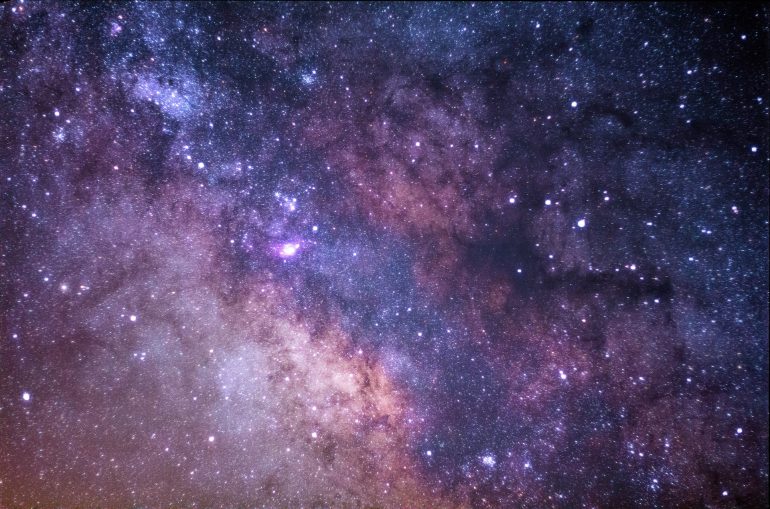Celestial bodies are objects in space that are considered to be important, often because they are large and bright. These objects can include planets, moons, stars, and asteroids.
Each of these objects is unique and has its own properties. For example, planets are large and round, while moons are smaller and often irregular in shape. Asteroids are made up of rock and metal, while comets are composed of ice and dust.
It’s fascinating to study the different characteristics of these objects and learn about how they interact with one another. For example, we can learn about the origins of our Solar System by studying the compositions of different celestial bodies. Additionally, studying their orbits can help us understand more about the forces that govern our Solar System.
Most of the time, celestial bodies are named after mythical beings or characters from stories. For example, the planet Jupiter is named after the king of the gods in Roman mythology. The moon Europa is named after a character in Greek mythology who was kidnapped by Zeus, the king of the gods.
Some celestial bodies are given their names based on their location in space. For example, the star Polaris is located near the North Pole. The asteroid belt is a collection of asteroids that orbit between Mars and Jupiter.
Many astronomers spend their lives studying celestial bodies. They use powerful telescopes to learn more about their size, shape, and composition. By learning about these objects, astronomers can better understand the universe around us.
Celestial objects are a fascinating subject and if you wish to learn more about them, check out your local library or research them online to find material about them that can help you learn.
